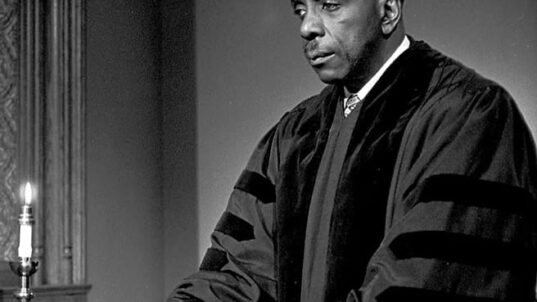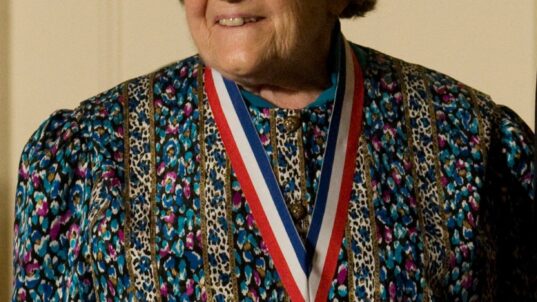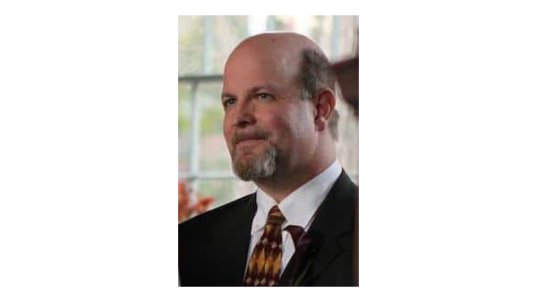
Photo by Anna Shvets from Pexels
Keith Burchett was the Director of the Summer Orientation program for freshmen. One special feature of the summer program was that he placed students together in groups of seven to experience all aspects of summer orientation together. Students really valued this experience, and many of these orientation groups ended up staying connected throughout college. As he thought back over his years of running the orientation program, he was proud to say that he knew of at least three marriages from the original orientation groups.
But the pandemic required him to rethink the bonding experience, and how it could be done remotely. Obviously Zoom meetings could provide some contact, but it didn’t seem to be the same. He decided to rethink the entire orientation process.
The process began by asking each student in an orientation group to use Zoom to interview one other student in the group. Then during a group Zoom, each student would introduce that student to the others in the group. The introductions ended up being amazing. The students didn’t just share factual data, like the desired major or high school activities, but they got more into the personality of the classmate they reported on. It was obvious that these interviews ended up taking place over more than one Zoom. The group introduction sessions were designed for an hour, but it ended up running much longer. The bonding process began much quicker than it had when the groups met on campus. Burchett theorized that the pandemic had actually forced him to design the bonding process more intentionally and with more structure than he had in the past.
Another component that he changed in the orientation program was the community service project. When students were on campus, community service was a single two-hour event. While the students enjoyed the experience, it had limited impact on how students viewed their need to support their community.
This year Burchett asked each student to contact a local nursing home or assisted living center and volunteer to do weekly calls to residents. The calls were part of what was known as the “In Touch and Concerned” program. He asked students to become a phone buddy with one resident. The conversation topics were left up to the students. Then weekly, the students in the orientation group would share stories of their calls with their classmates. These stories were very touching and you could see numerous wiping of tears from eyes during the stories. The stories had another value. They revealed the caring and compassion of the students in the groups. Those who were reluctant at first to reach out were caught up in the spirit of service to others. What was more important, the service event changed from a two-hour experience to a more of a regular practice.
As Burchett reflected on the revisions in the orientation program, he realized that the pandemic had actually made the program better because it forced him to rethink what he had been doing for years.
Any discussion group needs to have some form of bonding experience if it is to be effective. Unfortunately, these bonding experiences can often feel artificial or forced. What Burchett did was create a bonding experience that had a purpose beyond getting to know each other. It created values that would last well beyond the times the groups were together.
* * *
“Service to others is the rent you pay for your room here on earth.” – Muhammad Ali
This post is part of our “Think About” education series. These posts are based on composites of real-world experiences, with some fictional elements and some details changed for the sake of anonymity. New posts appear on Wednesdays.



